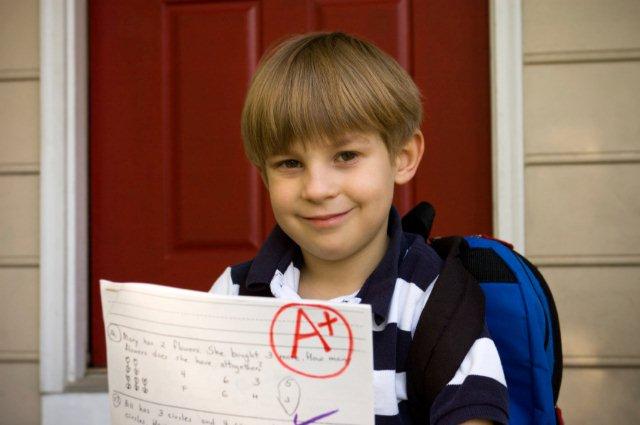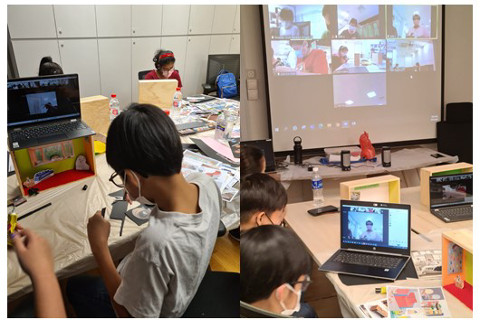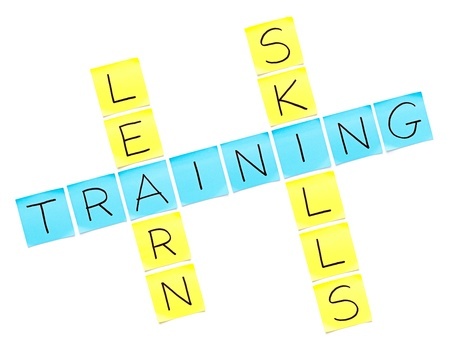Many parents think that oral exams are a breeze. After all, their children are literate and talk every day, don’t they? However, there are certain pitfalls to look out for and tricks to pick up to better your child’s chances of acing his/her oral examinations.

There are 3 components for the P5 and P6 Oral examinations – Reading, Picture Discussion & Conversation. Most schools only test P1-P4 children on Reading & Picture Conversation.
Reading
1. The biggest fear that most children have about this is that they would come across a word that they don’t know how to read. There are 2 techniques to get around this.
Firstly, attempt to read the word but do not pause. The reason for attempting is that you may get this right. And you must not pause so that the flow of reading is not affected. Usually, if the child is unable to read only 1 word, the teacher would not penalise him too severely.
For English, if the child is able to break down the word into sounds, it’s likely that he will succeed in getting away with it. For Chinese, what he can do is read the part of the character that he knows (and cross his fingers that he got it right!)
The second method is to skip the word, again without changing the flow of the reading. This method is recommended to candidates who are in the second half of the cohort. This method takes advantage of the fact that most examiners get tired after some time so if the child skips a word, the examiner may not notice it. Hence, it is very important that the child does not pause before skipping, for doing that would be equivalent to alerting the examiner that something unusual is going to happen.
2. Be loud and clear. I can’t stress this enough. The oral examination is also an assessment of how confident the child is. You may have two equally good readers but one is louder and more confident than the other. You can bet that it is the louder candidate who is going to score more marks in the examination.
3. Articulate the end-consonant of the word clearly. This would be referring to the ‘-s’, ‘-k’, ‘-t’, ‘-d’ and even the ‘-l’ sounds. I’ve seen too many candidates who simply ‘swallow’ these sounds up so the candidate who does articulate these sounds would be rewarded amply.
Picture Discussion
The present tense is to be used when discussing the picture.
The first statement indicates the venue that the picture is depicting. It generally takes one of the following forms:
- This is a hospital. OR
- This picture depicts a hospital.
Then the candidate needs to describe the picture, and tags on his judgment of the characters’ actions and predictions of what may happen next.
Conversation
Candidates are given 5 minutes to prepare before they see the examiner. However, what they would only see during those 5 minutes are the Reading passage and the picture.
This means that they would have no ideas about what the Conversation topic is. The children’s biggest fear is that they would be speechless after the examiner has asked them the question.
Not to worry. In the PSLE (and some schools are following this practice now), the Reading passage is linked to the picture by a common topic and the Conversation would be centered around this common topic. In other words, it is possible for the candidate to guess what the Conversation topic is by studying the Reading passage and picture closely.
So parents, if you can, do have some practice with your children before their examinations. The night before the examination, ensure that they relax and sleep well. Hope these oral examinations preparation tips are helpful.
Related Read: How To Ace Primary School Oral Exams
If you find this article useful, do click Like and Share at the bottom of the post, thank you.
Like what you see here? Get parenting tips and stories straight to your inbox! Join our mailing list here.


























































Leave a Comment: